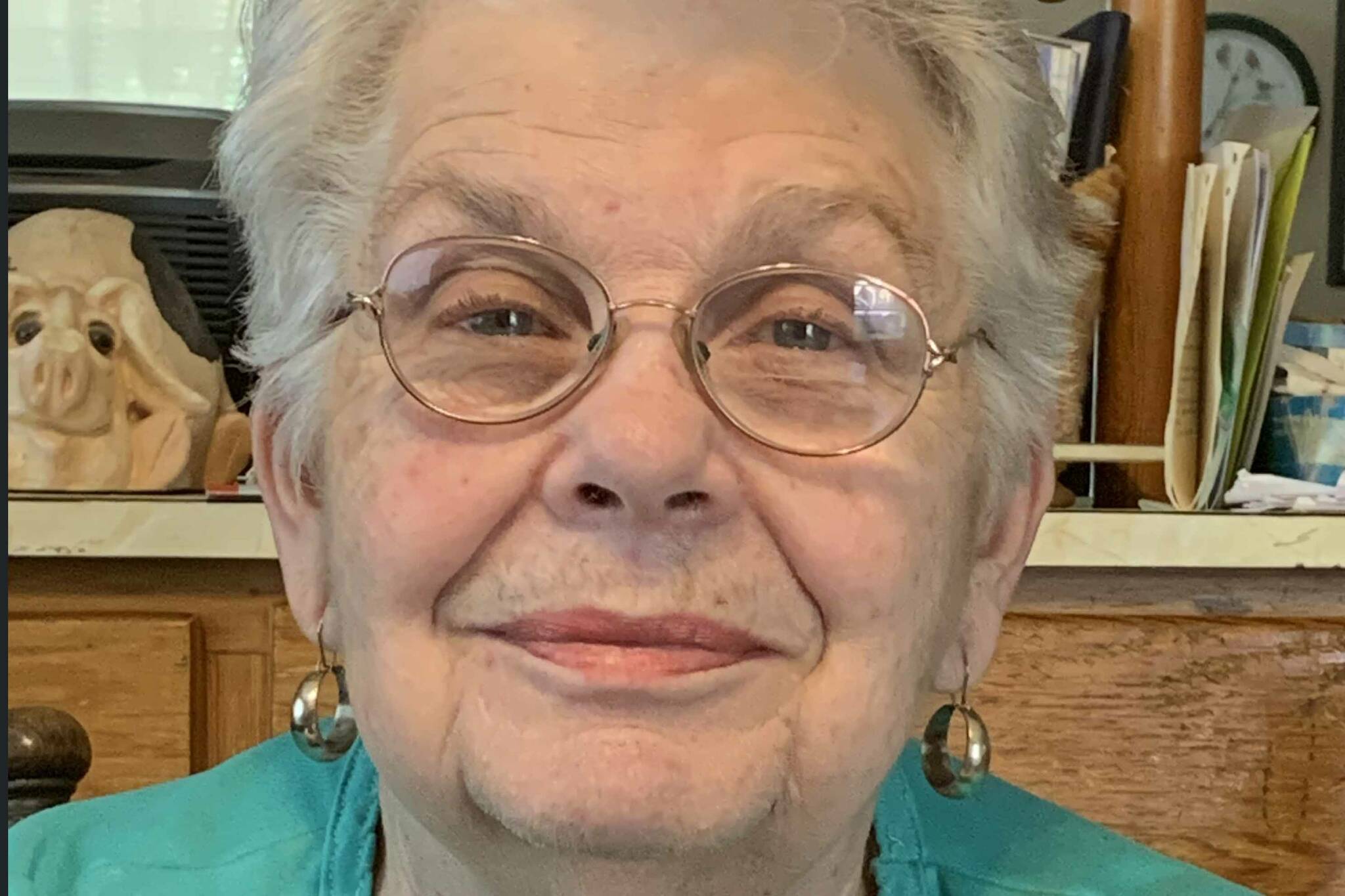I take 15 pills a day and once a week an extra one. Only five are actual prescriptions, the others are supplements of one kind or another, “highly suggested” by one or another of the doctors in my life. Hubby does the same but his doctors are different from mine.
All the people I visit with these days have the same story. My sister and I spent half an hour over Thanksgiving comparing meds and doctors and every time I see a friend at some random spot someone has been to the doctor or “picking up pills.” I saw a mime the other day that said, “You know you are old when you run into your friends at the pharmacy instead of the night club.”
When I was a child, we had one family doctor and he was our doctor for years, delivering my brother and sister and taking out my tonsils. He set a broken bone or two and even visited our home when I had the measles. In those days the only “extra” doctor your family might have was an eye, ear, nose and throat person if you needed glasses, and of course a dentist, who you visited once a year whether you needed to or not.
Back then, many little towns had a doctor who had probably been there for at least two generations. If he happened to be young and new he had done his time with the old doctor, learning about the idiosyncrasies of everyone in town and the old guy was still there, coming in to the office an hour or two every day, because everyone knew he’d never retire.
The only meds we used were aspirin, iodine, castor oil, and Vicks Vapo-Rub. Penicillin was being used for the military on an experimental basis. It didn’t come into widespread use until 1948. Before then we used sulfa drugs and hoped we didn’t get an infection that couldn’t be cured by hot compresses and grandma’s magic potion.
My four kids were all delivered by the same doctor at the same hospital, and he was our doctor until we moved away from that small community. We moved to another about 30 miles away with a doctor who welcomed us and was our only care giver for at least 10 years until we moved to Alaska.
We lived near two college towns which had “speciality” doctors: obstetricians, surgeons, pediatricians, maybe even an orthopedist for sports injuries; just in case something went wrong and the general practitioner couldn’t or wouldn’t handle it. My family never needed a specialist until recently, when it has become the trend for the family doctor to make the diagnosis, then hand you off to a specialist to treat the problem.
There was a certain comfort to having the doctor who had treated you all your life be available when you needed him. He knew if you’d had your tonsils removed, or if you might be allergic to walnuts. Even that when you were 6 you’d stepped on a nail and gotten an infection that affected your gait into adulthood. He could likely recall if one of your parents had gout and if that ache in your big toe might be genes coming to play.
Like in so many things, we have traded humanity for progress and efficiency in medicine. My mom spent two weeks in the hospital when my brother was born. I was in the hospital 2 ½ days with our youngest. Today, giving birth is often not even an in-hospital event. And today, babies and mothers are not likely to die from childbirth because of pre-natal care not known of even 50 years ago.
Diseases that decimated populations just a generation ago have been nearly eradicated because of pills and/or vaccines (think malaria) and childhood scourges are no longer the risk they once were because of vaccines and sanitation. Surgeries that kept you in the hospital for a week or two as recently as 15 years ago now are performed by a robot, orthoscopically, and have become nearly an outpatient procedure.
Medical innovations, pharmaceutical discoveries, and just plain common sense in some cases have changed medicine considerably in the past generation or two. So I guess greeting a new doctor or two and finding a new pill in the pile is small price to pay considering I am older than dirt, a privilege not enjoyed by everyone in the generation before me.
I’ll see you at the pharmacy!

